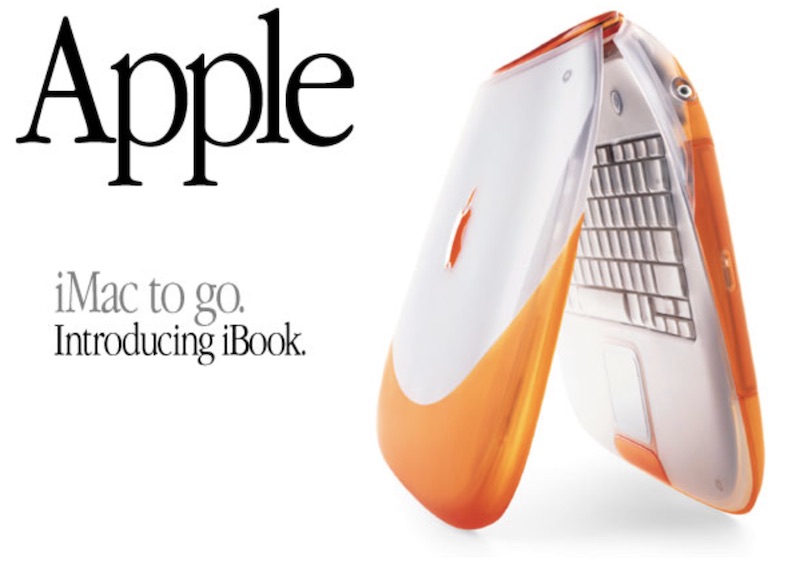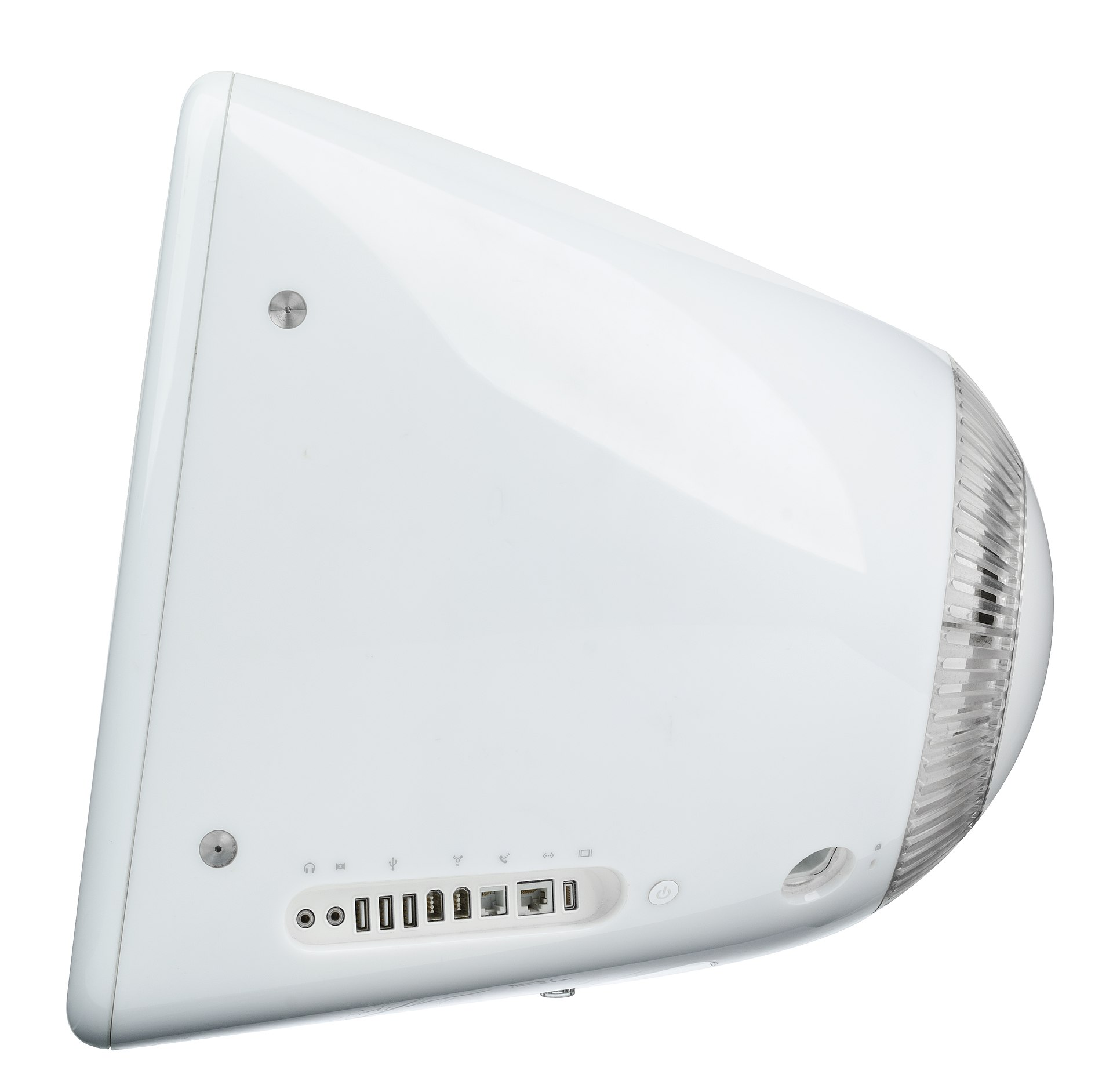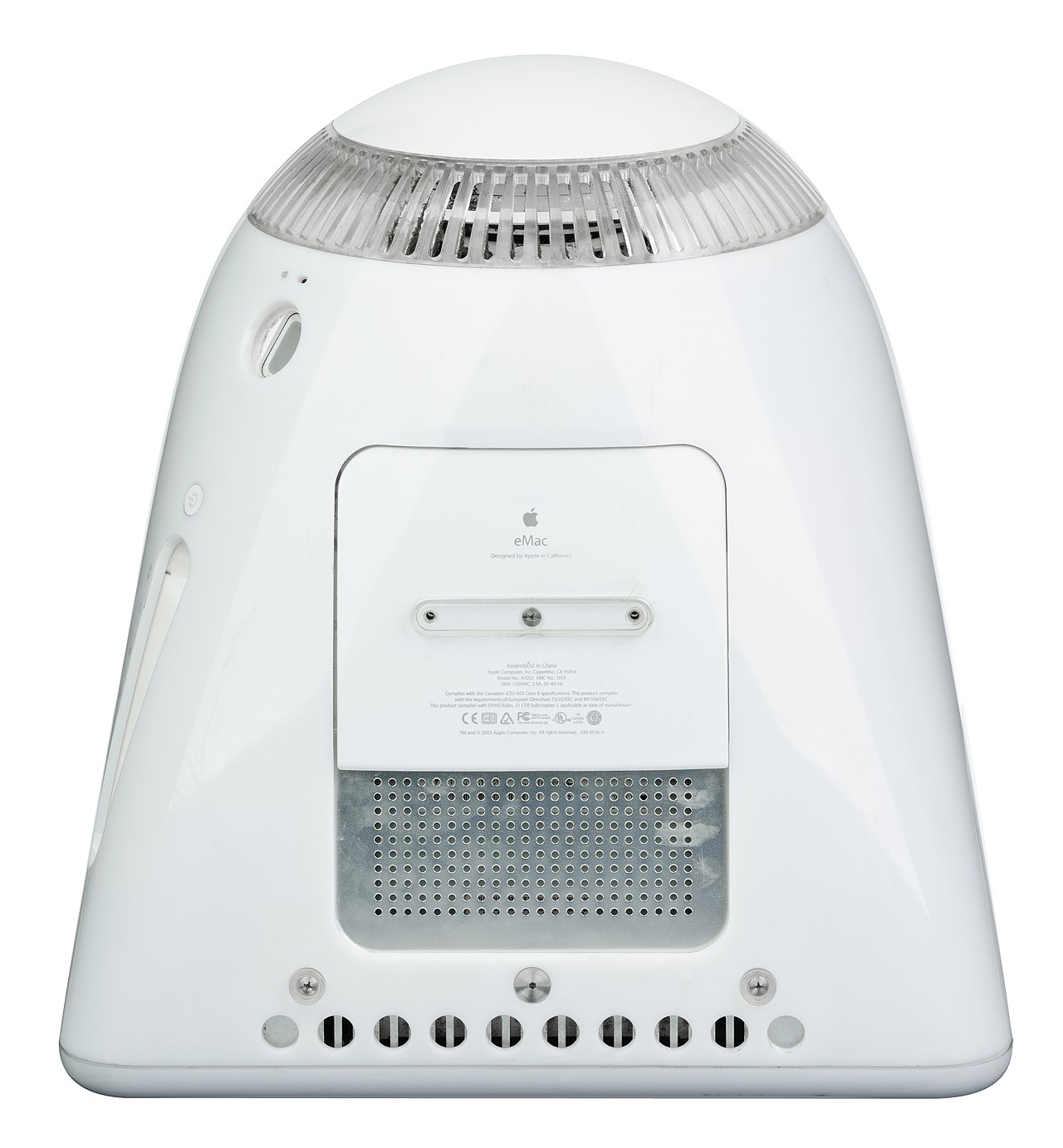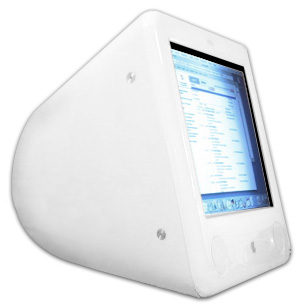It is not unusual for Apple to direct some of its products to schools and other educational facilities. In the history of the Cupertino giant, we could find a number of different devices that were primarily used in institutions of this type. These devices include, for example, the eMac computer, which we will briefly mention in today's part of our series on products from Apple's workshop.
It could be interest you

In April 2002, Apple introduced its new computer called the eMac. It was a desktop all-in-one computer that resembled it in appearance iMac G3 from the late XNUMXs, and which was originally intended for educational purposes - this was also hinted at by its name, in which the letter "e" was supposed to stand for the term "education", i.e. education. Compared to the iMac, the eMac boasted slightly larger dimensions. It weighed twenty-three kilograms, was fitted with a PowerPC 7450 processor, Nvidia GeForce2 MX graphics, integrated 18-watt stereo speakers, and equipped with a flat 17” CRT display. Apple deliberately chose to use a CRT display here, thanks to which it managed to achieve a slightly lower price compared to computers with an LCD display.
The eMac was initially intended only for educational institutions, but a few weeks later Apple released it to the general market, where it became a sympathetic "low-cost" alternative to the iMac G4 with a PowerPC 7400 processor. Its retail price started at $1099, and it was available also a version with an 800MHz processor and 1GHz SDRAM for $1499. In 2005, Apple again limited the distribution of its eMacs to educational institutions only, although this model was still available from a handful of authorized resellers for a while after the official end of sales. Apple put an end to its affordable eMac in July 2006, when the eMac was replaced by a cheaper variant of the low-end iMac, also intended exclusively for educational institutions.



